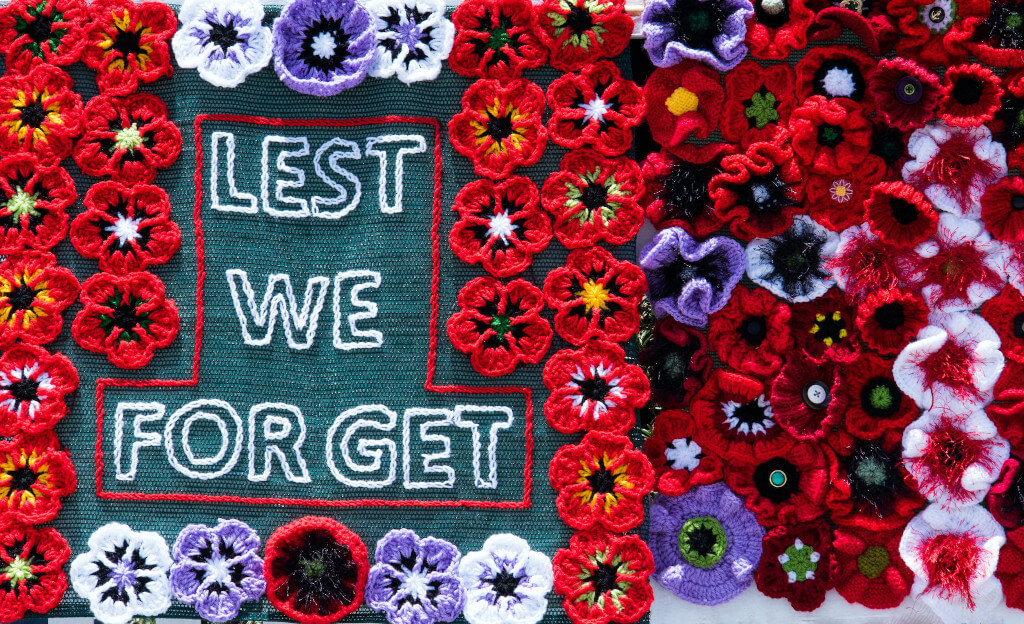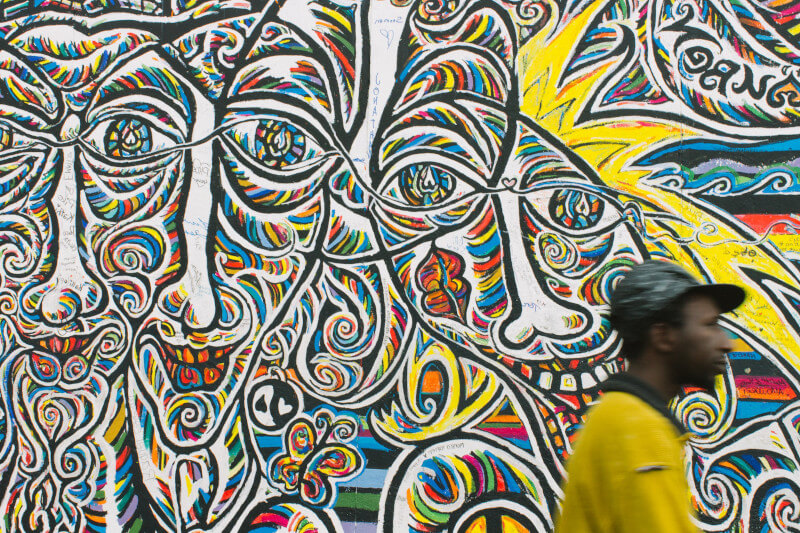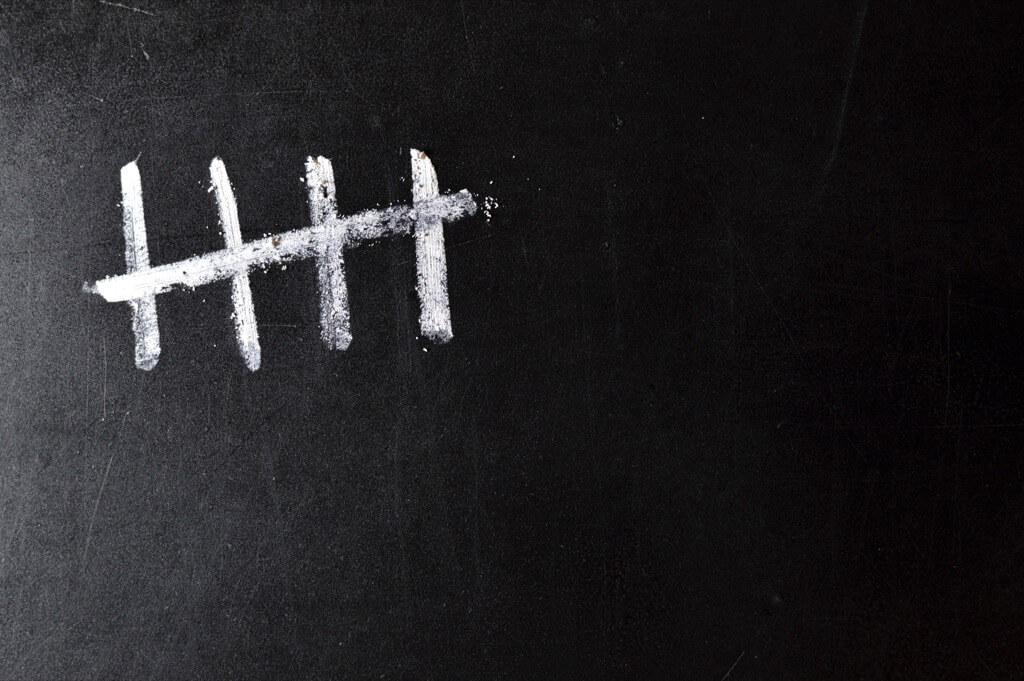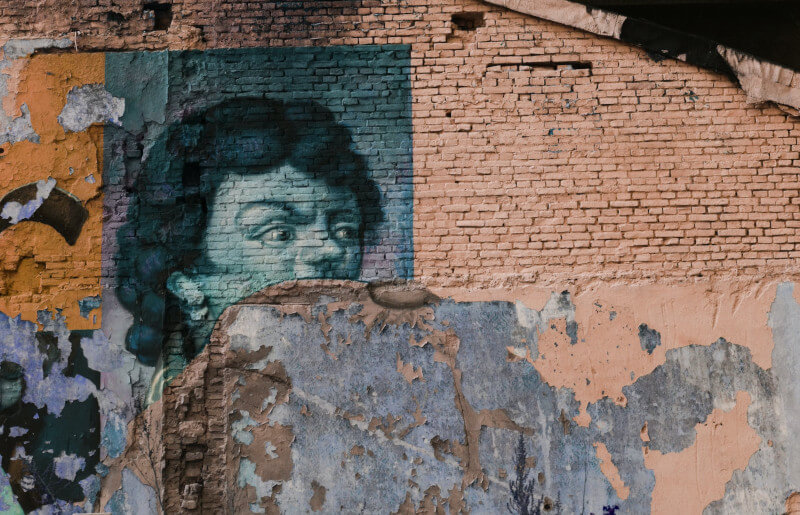South Africa’s president Cyril Ramaphosa called men’s violence against women a “second pandemic” in June 2020, three months after the country entered the first of a series of severe lockdowns to slow the spread of COVID.
More than 120,000 victims of gender-based violence (GBV) were reported to the Gender-Based Violence Command Centre in the first three weeks of that lockdown. The South African Police Services reported 116 rapes daily, on average, in its 2019/2020 crime report.
While the epidemic of GBV against women and gender-nonconforming people in South Africa is not new, it has been aggravated by the COVID-19 pandemic.
This exposure highlights the fact that the home is a nuanced setting in which compassion and violence can coexist. Home is a place where women can feel both protected and threatened. All of this takes place out of sight, denying women the opportunity to vent their anxiety, anguish, and grief.
Gender-based violence is a systemic issue that impacts more than simply individual women. The effects of domestic violence on families, workplaces, and societies as a whole are far-reaching.
As a psychologist, I felt compelled to use the expressive potential of visual art to call attention to the complex ways in which gendered violence is embedded in everyday interactions. Like in earlier studies, I resorted to stitching to accomplish this.
As I discussed in my prior work on the topic of embroidery’s role in empowering women’s storytelling, I drew from this methodology once again to visually tell the story of GBV in colourful and imaginative ways, focusing on encounters in which the perpetrators and victims of violence appear in the same frame. Visual art functions as an open invitation to observe. The experience of witnessing, it is hoped, will inspire people to take action.
Daily Acts of Violence
Needlework has long been used for more than just decoration; it has also been put to use to convey messages that would otherwise be unspoken. Women who have experienced gender-based trauma can find healing via the act of expressing such experiences. Although their embroideries provide an outlet for their grief and anguish, they also reveal themes of perseverance and defiance.
The Intuthuko women’s collective was a helpful resource for me during our investigation. A total of sixteen Black women from the Ekurhuleni district of the Gauteng province have come together to form this organisation. The disproportionate impact of GBV on Black women in South Africa has historical roots and is reinforced by the current system.
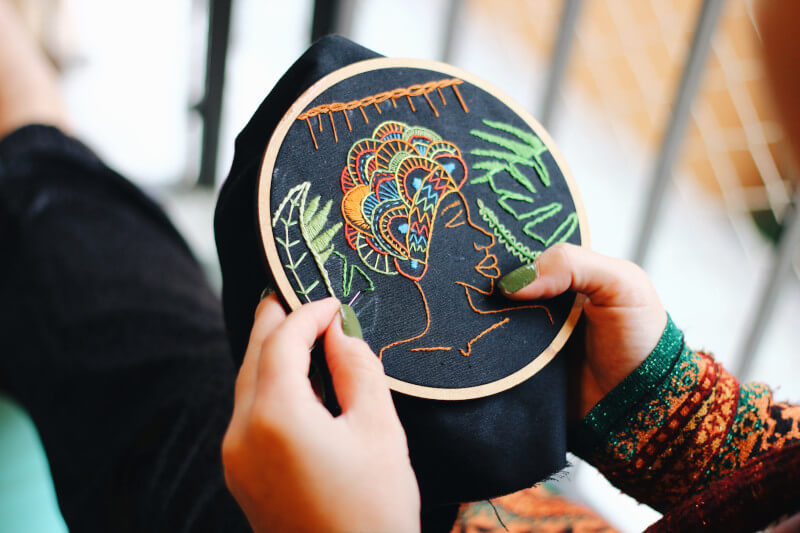
The goal of this endeavour was to have the images speak for themselves. Therefore, rather than focusing on anecdotes, we provided a broad review of the various manifestations of GBV. I participated in the group effort and added my touch to the needlework. This allowed me to go from the role of researcher and observer to that of participant in thinking, reflecting, and making. It was a group effort in which we brainstormed ideas and settled on themes before narrowing in on one idea at a time to embroider.
As we worked on the embroideries, we talked about how GBV affected our communities and how we could use them to bring attention to the issue, facilitate community discussions, and push back against the patriarchal system that has made the world a dangerous place for women.
The point was to draw attention to the complex ways in which violence based on gender manifests in regular interactions. We wanted to focus on how communities could make their unique sense of GBV and how the difficulties our society faces as a result of gendered violence could be addressed via creative means.
Constant Dread
The embroideries show a world where systemic violence stemming from patriarchy and injustice is used to create and manufacture dread. Because of this, women are constantly on edge, both within and outside their homes.
Our graphic representations of GBV show how it makes women feel regulated and controlled, and less like they own their bodies.
Some depicted public scenes of sexual assault and robbery against women, with the victims on their knees pleading for forgiveness. The artworks emphasised women’s fear of walking alone at night and the uncertainty of their return home.
When society is organised in ways that make women victims, patriarchy reigns and many women live in perpetual fear and a sense of insecurity.
Facing Facts Head-on
These embroidery works are more than just decorative accessories. They dare the audience to confront the violence head-on in the hopes that doing so will prompt them to think critically and take meaningful action.
The embroideries were included at a public art show where viewers could get up close and personal with the works. We have made a graphic pamphlet in multiple languages that is being used to start conversations on GBV in the women’s community and classrooms.

